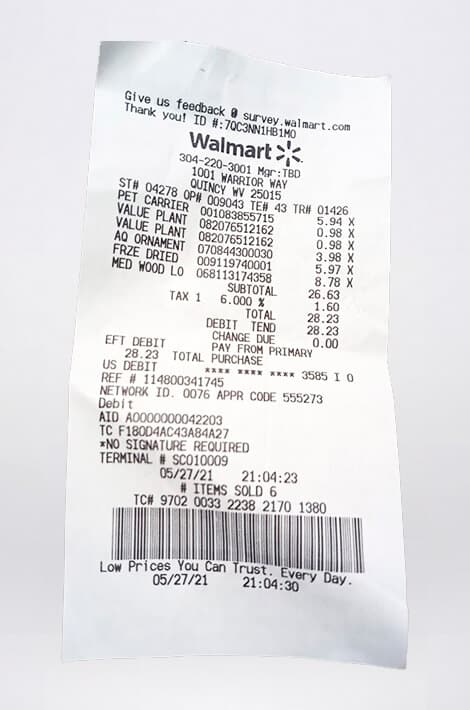It’s difficult not to marvel at the technological age we live in. Our personal and professional lives have been enriched to such an extent that should our technological innovation suddenly and without warning stop – or should we be transported back to the pre-technological revolution – it’s a safe bet that most of us would be utterly, hopelessly lost.
The good news is that this will never happen. Technology evolves. You only need to consider our ever-evolving online landscape, ultra HD televisions, 3D printing and the dawning of the AI-era as evidence that we live in a changing world.
One technology that’s evolving to sharpen its efficiency is OCR for receipts. Indeed, so fast is the technology evolving that leading advocates have already coined a new name that describes the capabilities: intelligent character recognition (ICR).
But what is intelligent character recognition and are we on about to witness one of the next great technological evolutionary steps? Let’s dive into intelligent character recognition in greater detail.
Intelligent Character Recognition Defined
The best way to think of intelligent character recognition (ICR) is as a derivative of OCR receipt capture – or data capture of any description – only with one fundamental difference: intelligent character recognition enables you to digitize documents of varying formats efficiently.
From accounts handling, customer on-boarding, claims handling, supply chain management, HR records or process or professional documents of any description, ICR provides the surest means yet to proficiently digitize information, transferring every single vital element of documents of all templates.
With the increased character recognition capability and the reputational reliability of ICR, it’s perhaps unsurprising that the technology is soaring in commercial popularity across the globe – and could be set to revolutionize document or receipt capture in the coming months and years.
The Capabilities of ICR Technology
Most ICR software has a self-learning system which is known as a neutral network which automatically updates the recognition database when new characters – or even handwriting styles are introduced.
Advocates of ICR technology are vocal in their belief that it has a 97% or more recognition rate when reviewing and digitizing handwritten or structured format documents. To achieve this recognition rate, several read engines are used within the software. Each is given elective voting rights to determine the true reading of characters.
Moreover, intelligent word recognition (IWR) can recognize and extract, not only handwritten information but, cursive handwriting too. Whereas ICR technology recognizes character levels, IWR technology can identify words and phrases.
This can be especially helpful for businesses, or individuals, who wish to transfer the data from handwritten receipts to a digital format.
The Benefits of ICR Technology
There are several benefits to employing intelligent character recognition. Swiftly efficiently identifying and extracting critical documentation from unreliable and antiquated paper documents will save organizations valuable time, money and manpower resources.
When leveraged alongside content management or business process automation software, organizations can use the extracted data for digital routing and delivery of relevant documents.
So, besides the obvious benefit of enhanced reliability and data extraction trustworthiness over traditional receipt OCR, or for documents of any descriptions, what are the benefits of using ICR technology in a commercial environment?
Reduced Overheads and Increased Efficiency – intelligent capture reduce the need for staff to manually input data for processing critical commercial tasks.
Enhanced Collaboration With Remote Workers – Intelligent capture significantly reduces an organization’s reliance on a shared physical location by enabling easy and straightforward interaction between colleagues working in vastly different locations.
Augmented Security – intelligent capture ensures that all content is routed to the correct directories quickly and successfully. Protecting valuable or sensitive data can be easily achieved – as can storage in the cloud. Whereas this is no different from receipt OCR, the enhanced recognition capabilities of ICR can save businesses from losing money on costly data breaches, whilst safeguarding important data.
Compliance Simplified – intelligent capture links content to an audit trail which assists in governmental compliance with all requisite regulations whilst maintaining the most precise retention of records and other sensitive data.
Our ever-evolving technological world and digital landscape have given rise to a raft of technological innovation that only a decade or more ago would have been resigned to the realms of science fiction.
Receipt capture, OCR and ICR technology might not be as exciting to everyone as 3D printing or augmented reality but, and most importantly, it has the potential to shape how me manage our commercial operations in the years to come. It will be very interesting to see how this technology will be integrated into the commercial landscape in the coming years.



